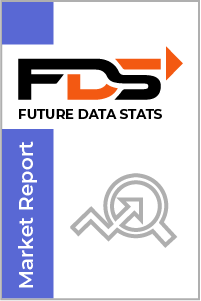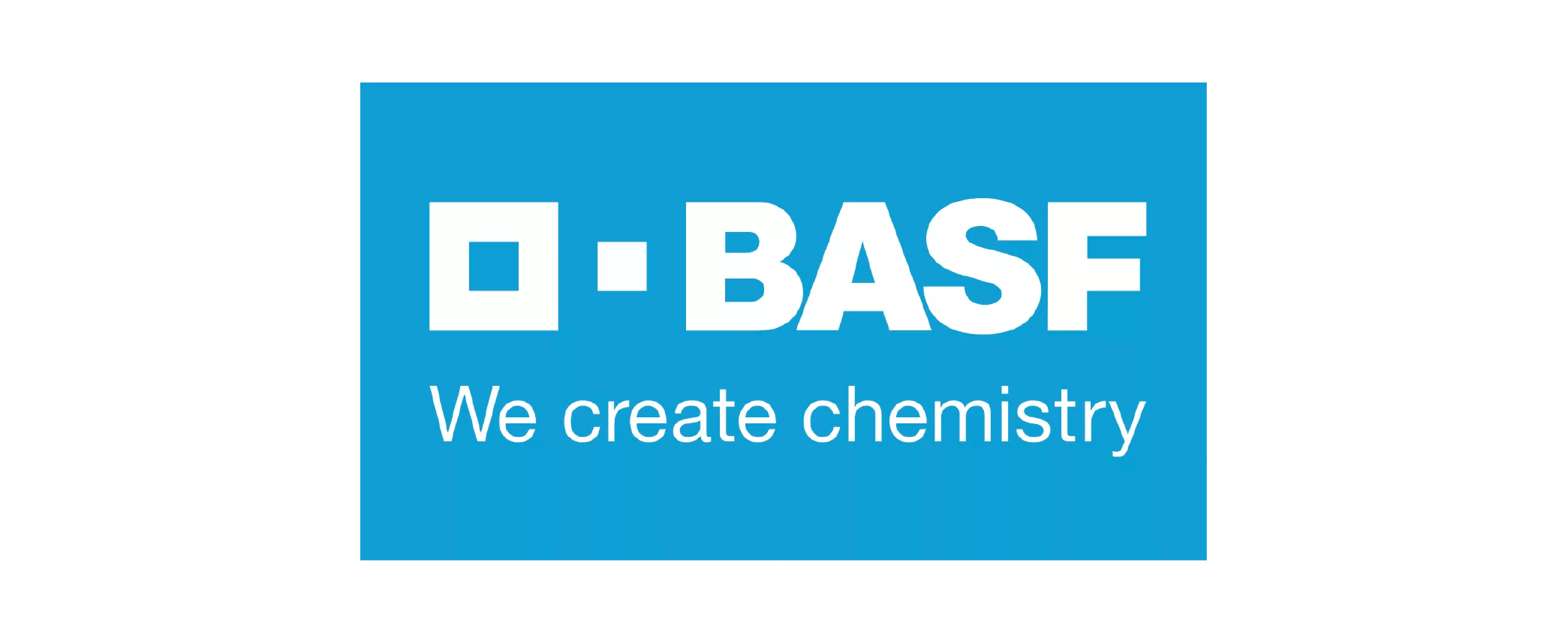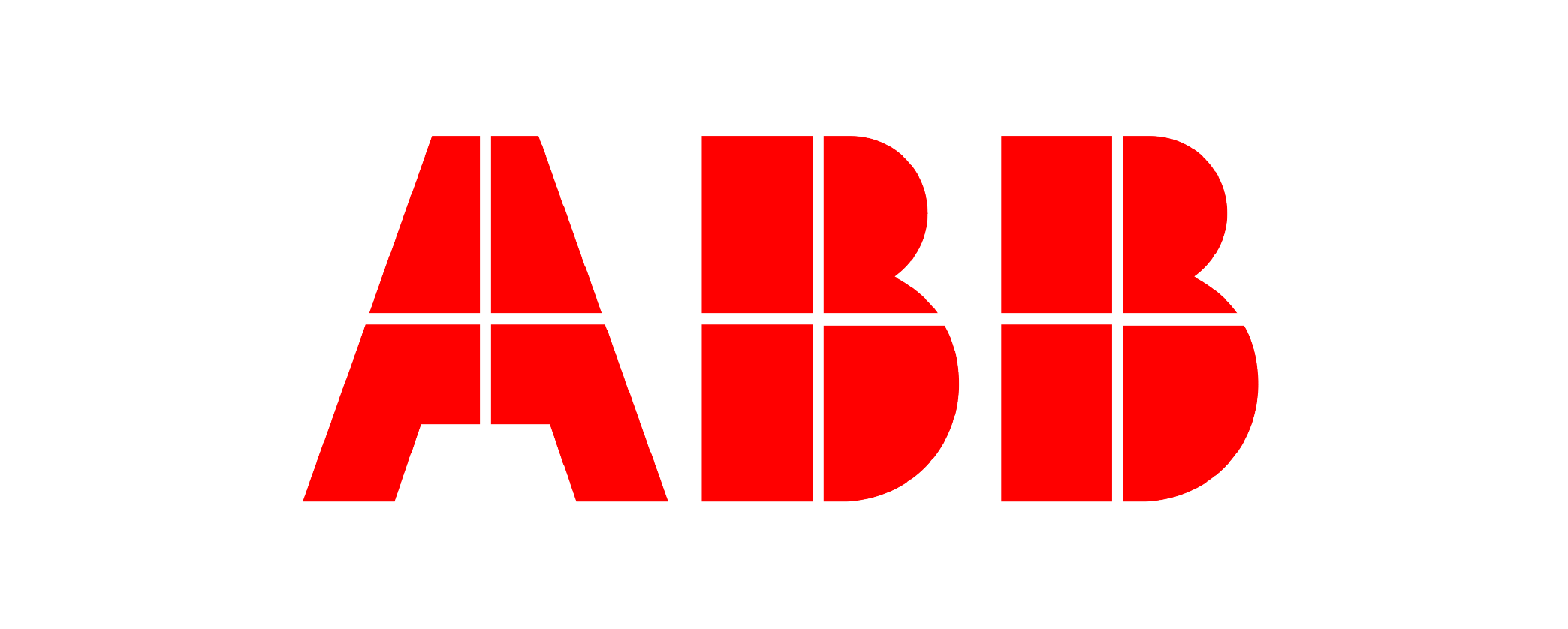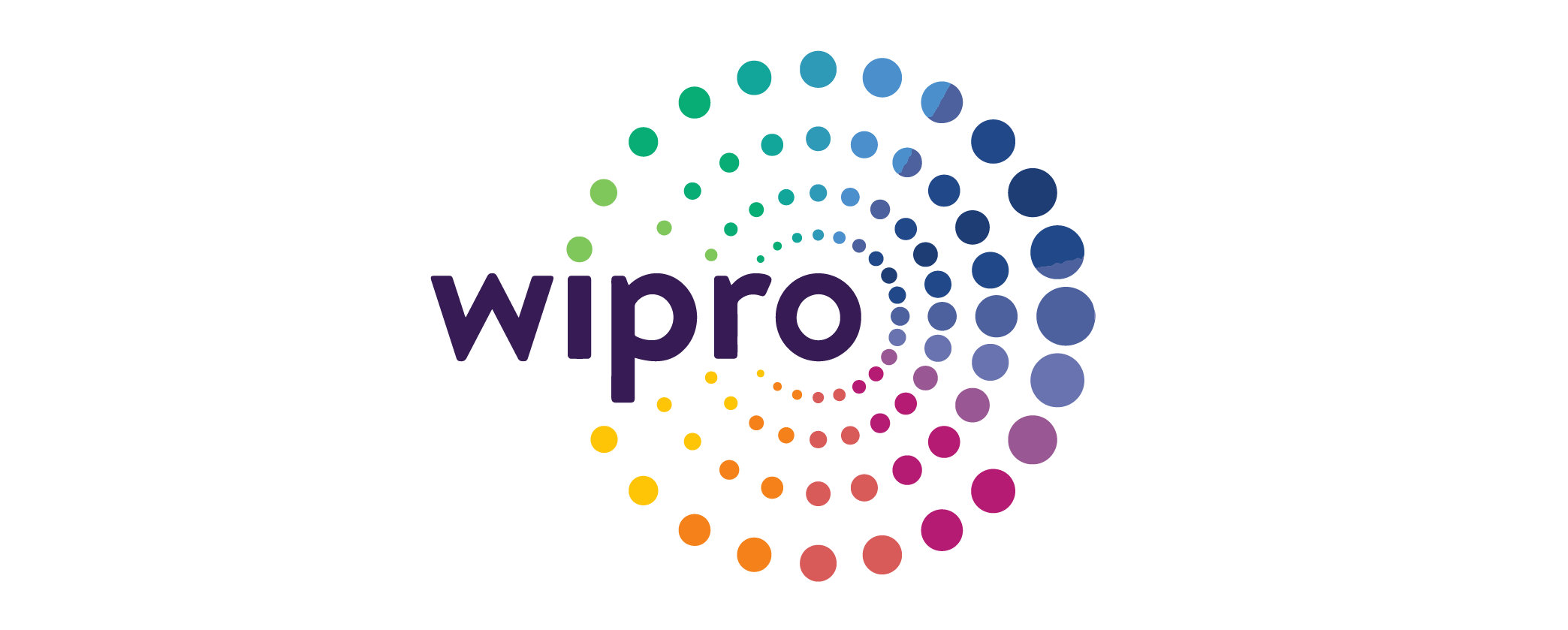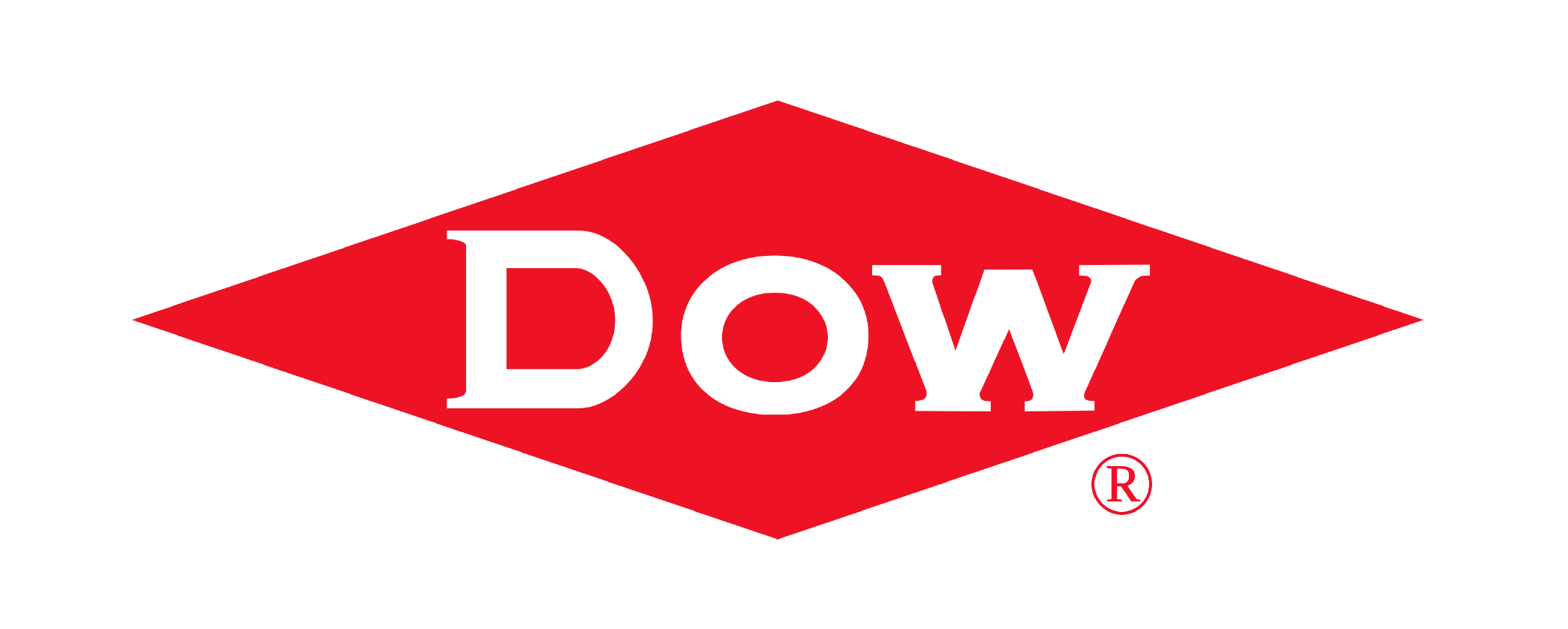The global Nutrition Apps Market size was valued at USD 2.0 Billion in 2024 and is projected to expand at a compound annual growth rate (CAGR) of 20% during the forecast period, reaching a value of USD 7.5 Billion by 2032.
The "Nutrition Apps Market Research Report" by Future Data Stats provides an in-depth examination of the market landscape, utilizing historical data from 2021 to 2023 to identify key trends and growth patterns. Setting 2024 as the foundational year, the report explores consumer behavior, competitive forces, and regulatory frameworks that influence the industry. It transcends basic analysis, delivering a thoroughly researched forecast extending from 2025 to 2033. By employing sophisticated data analysis methodologies, the report not only outlines the market's growth trajectory but also uncovers emerging opportunities and foresees potential obstacles, empowering stakeholders with vital insights to adeptly navigate the changing market landscape.
MARKET OVERVIEW:
The Nutrition Apps Market refers to the industry surrounding mobile and web-based applications designed to help users manage their dietary habits, track food intake, and achieve health-related goals. These apps often include features like calorie counting, meal planning, nutrient tracking, and personalized diet recommendations. They serve a wide range of users—from individuals seeking healthier lifestyles to professionals and organizations focused on wellness programs. For market analysis, the Nutrition Apps Market represents a fast-evolving sector within digital health and wellness technology. It reflects consumer demand for accessible, personalized, and data-driven solutions to improve nutrition and support long-term well-being. Companies in this space leverage subscription models, AI-based insights, and integrations with fitness platforms to attract and retain a broad user base.
MARKET DYNAMICS:
The Nutrition Apps Market is currently witnessing a shift toward personalization and integration. Users now expect apps that adapt to their unique health goals, dietary preferences, and fitness routines. AI-powered recommendations, voice logging, and real-time syncing with wearables are becoming standard features. Many apps also include mental wellness support and community engagement tools, making them more holistic in promoting healthy lifestyles. Businesses are responding by investing in user-friendly interfaces, data privacy, and hybrid wellness platforms that combine nutrition, exercise, and habit tracking. Looking ahead, the market is set to expand further with innovations like virtual diet coaching, augmented reality for food scanning, and deeper integration with telehealth services. As preventive healthcare gains traction, nutrition apps will play a critical role in corporate wellness programs and chronic disease management. There’s growing potential in emerging markets where mobile adoption is accelerating. For businesses, the scope includes partnerships with healthcare providers, insurers, and fitness brands, offering customized solutions that align with the evolving demands of health-conscious consumers.
The growing awareness of health and wellness among consumers significantly fuels the nutrition apps market. Many individuals seek to improve their dietary habits and overall fitness, prompting a surge in demand for tools that can help track nutrition and exercise. Additionally, advancements in technology, such as wearable devices and artificial intelligence, enhance user experience and provide personalized recommendations, attracting more users to these applications. However, challenges such as data privacy concerns and the saturation of the app market can hinder growth. While many users appreciate the benefits of nutrition apps, hesitations around sharing personal health data can limit adoption. Despite these obstacles, opportunities abound for developers. By leveraging innovative features like community engagement and gamification, apps can stand out in a crowded marketplace, appealing to a broader audience eager to lead healthier lives.
NUTRITION APPS MARKET SEGMENTATION ANALYSIS
BY TYPE
Meal planning apps are rapidly gaining traction among users who seek structure and simplicity in their daily eating habits. These apps appeal to people who want to streamline grocery shopping, reduce food waste, and align meals with specific health goals. The demand is especially high among working professionals and busy families, who appreciate the automation and time-saving benefits these tools offer. Calorie counting and diet tracking apps continue to dominate the market due to their proven effectiveness in weight management and chronic condition control. Users rely on these apps for their real-time tracking capabilities, integration with fitness devices, and personalized progress reports. Their popularity has also grown due to increasing awareness around metabolic health and preventive wellness strategies.
Meanwhile, specialized diet apps like keto, vegan, or gluten-free trackers have carved out strong niches by catering to people with specific dietary needs or preferences. These apps often include community features, expert content, and targeted recommendations, giving them a loyal user base. Their rise is largely driven by the trend toward lifestyle-based diets and consumer demand for more personalized, values-aligned nutrition support.
BY PLATFORM
iOS-based nutrition apps often lead in revenue generation, fueled by higher spending patterns among Apple users. Developers also tend to release features first on iOS, giving the platform a slight edge in premium offerings and innovation. The seamless integration with Apple Health and a curated app ecosystem further enhance user trust and experience. Android apps, while often more accessible in emerging markets, have made significant strides in functionality and design. The broad device compatibility and flexible app store policies contribute to Android's growing user base. Additionally, many free and freemium models thrive here due to cost-sensitive audiences seeking quality without a price tag.
Web-based platforms continue to serve users who prefer desktop experiences, especially in professional and institutional settings. These platforms often support meal planning, progress analytics, and report generation on a larger scale, which benefits dieticians, corporate wellness programs, and remote coaches. Their utility lies in offering more comprehensive dashboards and data visualization tools.
BY DEPLOYMENT
Cloud-based deployment remains the dominant force in the nutrition apps market, thanks to its scalability, automatic updates, and remote accessibility. Users can sync their data across multiple devices and benefit from regular feature enhancements without manual intervention. For developers, it reduces maintenance complexity while enabling faster rollout of new tools and services. On-premise deployment still finds relevance in regulated environments, such as healthcare institutions or wellness centers with strict data governance policies. These setups offer tighter control over sensitive client data, which is essential for compliance with regional health regulations. However, adoption is slower compared to cloud-based models due to higher upfront costs and IT management requirements.
The shift toward cloud-first strategies among leading app developers continues to push the envelope on innovation. Features like AI-driven nutrition advice, real-time syncing with wearable tech, and advanced user analytics flourish best in the cloud environment, reinforcing its position as the future of app deployment.
BY APPLICATION
General public usage drives the largest share of the market, with millions turning to nutrition apps for lifestyle improvement, weight loss, or better meal planning. Accessibility, ease of use, and wide-ranging features make these apps attractive to users of all backgrounds, from casual dieters to those managing chronic conditions. Athletes and sports enthusiasts demand more tailored functionality—such as macronutrient tracking, performance analytics, and meal timing. These users look for apps that sync with fitness wearables and provide insights aligned with training intensity. The growth in personalized sports nutrition and high-performance coaching apps reflects this segment’s rising influence.
Fitness centers and gyms increasingly partner with app developers to offer integrated platforms that combine workout planning and dietary guidance. These apps help create a holistic wellness experience, improving client retention and adding value to memberships. As more gyms embrace digital transformation, demand for branded or co-branded nutrition tools is accelerating.
BY SUBSCRIPTION MODEL
Free apps continue to dominate in terms of user downloads, especially among first-time users or casual trackers. These apps often serve as entry points for those exploring digital health tools. Many free models also include essential features, making them sufficient for basic health tracking without long-term commitments. Freemium models strike a balance between accessibility and monetization. Users can access core features at no cost and pay to unlock advanced options like personalized meal plans, expert consultations, or integration with premium fitness devices. This model performs well across diverse demographics and is a popular strategy for scaling user bases.
Paid apps cater to users seeking a comprehensive, ad-free experience with exclusive features and expert-driven content. Subscription-based models are particularly effective in delivering ongoing value, encouraging regular use and data input. Developers often include meal databases, real-time coaching, and detailed nutritional analytics as part of their premium offerings.
BY AGE GROUP
Teenagers represent an emerging segment with growing interest in wellness, body image, and performance nutrition. Apps designed for this group focus on gamification, social sharing, and simple interfaces. Schools and youth fitness programs also drive adoption by promoting healthy habits through digital engagement. Adults form the core user base, as they are more likely to seek structured nutrition solutions for managing lifestyle diseases, weight, and fitness goals. This group values comprehensive tracking, expert content, and compatibility with fitness devices. Their purchasing power also makes them more inclined to upgrade to premium plans.
The elderly demographic is increasingly turning to nutrition apps to manage age-related conditions such as diabetes, hypertension, and digestive health. Apps that offer large fonts, voice assistance, and simplified interfaces perform well here. Integration with telehealth services and caregiver access are also becoming key differentiators in this growing segment.
BY END USER
Individuals remain the primary users of nutrition apps, using them for self-guided wellness, fitness tracking, and diet optimization. The rise of DIY health management has empowered users to take control of their routines, and nutrition apps play a central role in that journey. Healthcare providers are starting to leverage nutrition apps as part of patient treatment plans, especially for chronic condition management and post-treatment recovery. These apps help improve patient compliance and offer clinicians access to real-time dietary data, which can inform better care decisions.
Fitness professionals and coaches use these apps to deliver personalized nutrition plans, track client progress, and offer remote consultations. As the fitness industry increasingly adopts hybrid and virtual models, nutrition apps are becoming essential tools for service delivery and client engagement.
REGIONAL ANALYSIS:
In North America, the nutrition apps market continues to lead due to widespread smartphone use, high health awareness, and strong consumer interest in fitness and wellness solutions. The United States and Canada show high adoption rates, driven by a culture that emphasizes self-care and preventive health. Many app developers in this region are integrating advanced features like real-time health tracking, virtual coaching, and compatibility with fitness devices. Strategic partnerships with healthcare providers and wellness companies also support market growth and user engagement across different demographics.
Europe and Asia Pacific follow as dynamic markets with unique growth drivers. In Europe, increased focus on personalized healthcare and government support for digital wellness tools fuel demand. Countries like Germany, the UK, and France are seeing steady user growth, especially in premium nutrition services. Meanwhile, Asia Pacific shows the fastest expansion, led by rising mobile penetration and growing interest in health-conscious lifestyles. Countries like India, China, and Australia are embracing local-language apps and culturally tailored content. In Latin America and the Middle East & Africa, the market remains in a developing phase, but rising awareness and improving digital infrastructure signal strong potential for future growth.
MERGERS & ACQUISITIONS:
- In January 2024: MyFitnessPal announced a strategic partnership with a leading wellness tech firm to enhance personalized nutrition tracking.
- In February 2024: Noom acquired a smaller AI-based nutrition coaching startup to expand its behavioral health offerings.
- In March 2024: Lifesum integrated new AI-driven meal planning features in collaboration with a European food database provider.
- In April 2024: YAZIO merged with a German fitness app developer to create a combined health and nutrition platform.
- In May 2024: Nutrino (by Medtronic) entered a joint venture with a diabetes management app to improve nutritional insights for users.
- In June 2024: Fooducate secured additional funding and acquired a competitor specializing in child nutrition tracking.
- In July 2024: Cronometer partnered with a wearable tech company to sync real-time health data with dietary recommendations.
- In August 2024: Lose It! announced a merger with a calorie-counting app to strengthen its market position in North America.
- In September 2024: MyPlate by Livestrong was acquired by a major health and wellness conglomerate to expand its user base.
- In October 2024: FatSecret collaborated with a supermarket chain to integrate grocery shopping with personalized meal plans.
- In November 2024: HealthifyMe received investment from a venture capital firm to accelerate AI-based nutrition coaching in emerging markets.
- In December 2024: WW (WeightWatchers) acquired a plant-based recipe app to diversify its nutrition and wellness offerings.
KEY MARKET PLAYERS:
- MyFitnessPal
- Noom
- Lifesum
- YAZIO
- Nutrino
- Fooducate
- Cronometer
- Lose It!
- MyPlate (by Livestrong)
- FatSecret
- HealthifyMe
- WW (WeightWatchers)
- Carb Manager
- SparkPeople
- Ate Food Diary
- Nutritionix Track
- Samsung Food (formerly Whisk)
- PlateJoy
- ShopWell
- Foodvisor
Nutrition Apps Market - Table of Contents
Executive Summary
Market Overview
Market Dynamics
- Drivers
- Restraints
- Opportunities
- Challenges
Market Trends and Developments
Impact of COVID-19 on the Nutrition Apps Market
Market Segmentation
- By Type
- By Platform
- By Deployment
- By Application
- By Subscription Model
- By Age Group
- By End User
- By Region
Competitive Landscape
- Market Share Analysis
- Key Player Profiles
- Strategic Initiatives
Regional Analysis
- North America
- Europe
- Asia Pacific
- Latin America
- Middle East & Africa
Consumer Behavior Analysis
Investment and Funding Analysis
Regulatory Landscape
Future Outlook and Forecast
Conclusion
Appendix
- Glossary
- Research Methodology
- List of Abbreviations
- Sources and References
Nutrition Apps Market Segmentation:
By Type:
- Meal Planning Apps
- Calorie Counting Apps
- Diet and Nutrition Tracking Apps
- Wellness and Fitness Apps
- Specialized Diet Apps (Keto, Vegan, etc.)
By Platform:
- iOS
- Android
- Web-based
- By Deployment:
- Cloud-based
- On-Premise
By Application:
- General Public
- Athletes and Sports Enthusiasts
- Fitness Centers and Gyms
- Dieticians and Nutritionists
- Corporate Wellness Programs
By Subscription Model:
- Free
- Freemium
- Paid
By Age Group:
- Teenagers
- Adults
- Elderly
By End User:
- Individuals
- Healthcare Providers
- Fitness Professionals
- Corporate Users
By Geography:
- North America (USA, Canada, Mexico)
- Europe (UK, Germany, France, Italy, Spain, Rest of Europe)
- Asia-Pacific (China, Japan, Australia, South Korea, India, Rest of Asia-Pacific)
- South America (Brazil, Argentina, Rest of South America)
- Middle East and Africa (GCC Countries, South Africa, Rest of MEA)
Why Invest in a Market Research Report?
- Empower Informed Decision-Making
A meticulously crafted market research report delivers a comprehensive analysis of industry trends, consumer behavior, and competitive landscapes. By leveraging these insights, organizations can make data-driven decisions, minimizing uncertainties and risks when introducing innovations or expanding into new markets. - Uncover Untapped Opportunities
Market research illuminates market gaps, emerging trends, and unmet consumer needs. This intelligence enables businesses to align product development and service offerings with evolving demand, positioning them to capitalize on lucrative opportunities and drive market leadership. - Gain Competitive Intelligence
Through in-depth analysis of competitors’ strategies, strengths, and vulnerabilities, companies gain actionable insights for strategic differentiation. This knowledge empowers organizations to refine their value propositions and craft targeted strategies to outperform rivals. - Optimize Marketing Effectiveness
Granular insights into target demographics, purchasing patterns, and psychographics allow businesses to design data-driven marketing campaigns. Such precision enhances customer engagement, maximizes ROI, and ensures optimal allocation of marketing resources. - Proactive Risk Management
Robust market research identifies potential challenges, from economic fluctuations to regulatory hurdles, enabling proactive risk mitigation. By anticipating disruptions, businesses can safeguard profitability, operational continuity, and brand reputation. - Strengthen Stakeholder Confidence
Investors and stakeholders demand validated market data to assess viability. A well-structured report provides credible evidence of market potential, competitive advantages, and growth projections, bolstering trust and facilitating capital acquisition. - Stay Ahead of Industry Evolution
Continuous monitoring of technological advancements, regulatory shifts, and consumer preferences ensures agility in a dynamic marketplace. Market research equips organizations to adapt swiftly, innovate strategically, and sustain long-term competitiveness.
Research Methodology
At Future Data Stats, our research methodology is anchored in nearly 70 Years of combined industry expertise, refined to deliver precise market intelligence and actionable industry insights. We employ a systematic, multi-layered approach to ensure accuracy, reliability, and strategic relevance in our analyses. Below is a detailed overview of our methodology:
Methodological Framework
Our process integrates primary and secondary research, advanced analytical frameworks, and industry-specific expertise to generate comprehensive market evaluations. The methodology is structured to provide stakeholders with a granular understanding of market dynamics, competitive landscapes, and growth opportunities.
Comprehensive Market Insights
We deliver a 360-degree perspective on market size, structure, and emerging trends by synthesizing data from diverse sectors. Our analysis focuses on:
- Trend Identification: Real-time monitoring of industry developments and macroeconomic factors.
- Growth Drivers: Quantitative and qualitative assessment of factors influencing market trajectories.
- Forecasting: Scenario-based projections using validated data and expert evaluations.
All insights are grounded in high-quality datasets, independent expert perspectives, and rigorous validation protocols to ensure alignment with client objectives.
Data-Driven Research Approach
We leverage a multi-source data ecosystem to enhance analytical depth:
- Primary Research:
- Stakeholder Interviews: 24+ hours of structured engagements with industry leaders, suppliers, distributors, and end-users.
- Key Opinion Leader (KOL) Consultations: Customized questionnaires and in-depth discussions to capture nuanced insights.
- Value Chain Analysis: Holistic coverage from raw material suppliers to end-consumer dynamics.
- Secondary Research:
- Document Analysis: Evaluation of 3,000+ sources, including industry reports, regulatory publications, and competitive benchmarking data.
- Macro-Level Data: Integration of statistics from government databases, trade associations, and global indices.
Analytical Framework
Our dual-pronged analytical strategy ensures precision in market sizing and competitive positioning:
- Bottom-Up Approach:
- Calculation of regional and global market sizes through granular revenue analysis of key players.
- Validation via demand-supply gap assessments and pricing trend evaluations.
- Top-Down Approach:
- Identification of market leaders and segmentation based on product portfolios, regional presence, and innovation capabilities.
- Market share derivation using financial disclosures and industry benchmarks.
Key Methodological Advantages
- Actionable Intelligence: Robust datasets and trend analysis to inform strategic decision-making.
- Technological Rigor: Proprietary analytical tools and sector-specific models to enhance data accuracy.
- Unbiased Outcomes: Transparent, independent insights free from external influence.
Quality Assurance
Every research output undergoes a multi-stage validation process, including peer review, cross-verification with industry benchmarks, and real-time data updates. This ensures our findings remain current, credible, and actionable.
By combining empirical research, advanced analytics, and industry acumen, Future Data Stats empowers clients to navigate complex markets with confidence and achieve sustainable growth. Our methodology reflects a steadfast commitment to excellence, innovation, and client success.
Nutrition Apps Market Dynamic Factors
Drivers:
- Growing awareness of personal health and nutrition habits
- Rising use of smartphones and wearable health devices
- Increased interest in preventive healthcare solutions
- Integration of AI for personalized diet recommendations
Restraints:
- Concerns over data privacy and user information security
- Limited digital literacy in some emerging regions
- Inconsistent accuracy of food databases and tracking tools
- Dependence on user input for meaningful results
Opportunities:
- Expanding demand in emerging markets with rising mobile access
- Potential for partnerships with healthcare providers and insurers
- Growth in corporate wellness and remote coaching programs
- Development of multilingual and culturally tailored content
Challenges:
- High competition and saturation in free and freemium app models
- Retaining long-term user engagement and daily app usage
- Navigating regulatory environments around digital health tools
- Balancing feature-rich design with ease of use for all age groups
Nutrition Apps Market Regional Key Trends Analysis
North America:
- Strong adoption of AI-driven personalized nutrition features
- Rise in app partnerships with fitness centers and healthcare providers
- High demand for integration with wearable and smart health devices
Europe:
- Increased focus on data privacy and GDPR-compliant app design
- Growth in multilingual support and regional food database expansion
- Steady rise in subscription-based wellness platforms
Asia Pacific:
- Rapid user growth in urban centers driven by mobile access
- Surge in localized apps catering to traditional and cultural diets
- Expansion of influencer-driven wellness and nutrition campaigns
Latin America:
- Growing awareness of healthy lifestyles among younger users
- Uptake of freemium models with social sharing features
- Emphasis on mobile-friendly interfaces for wide accessibility
Middle East & Africa:
- Early adoption in Gulf countries through wellness initiatives
- Increased interest in diet tracking for chronic disease management
- Development of region-specific meal planning and fasting tools
Frequently Asked Questions
